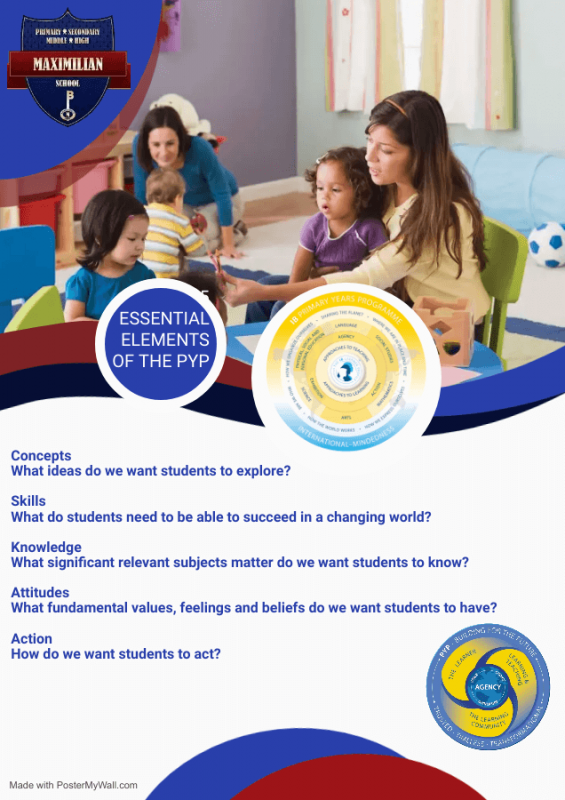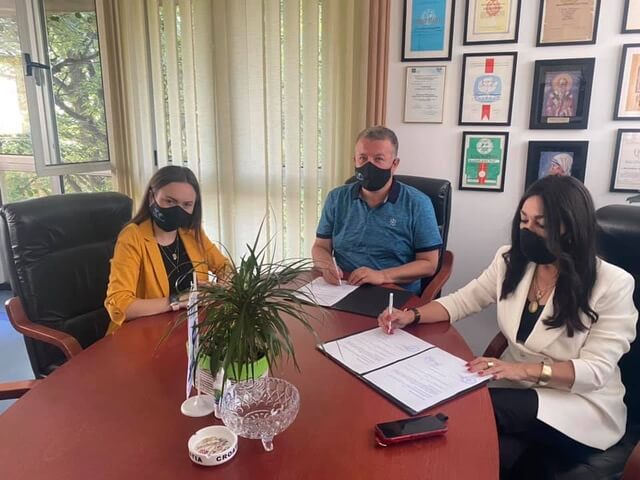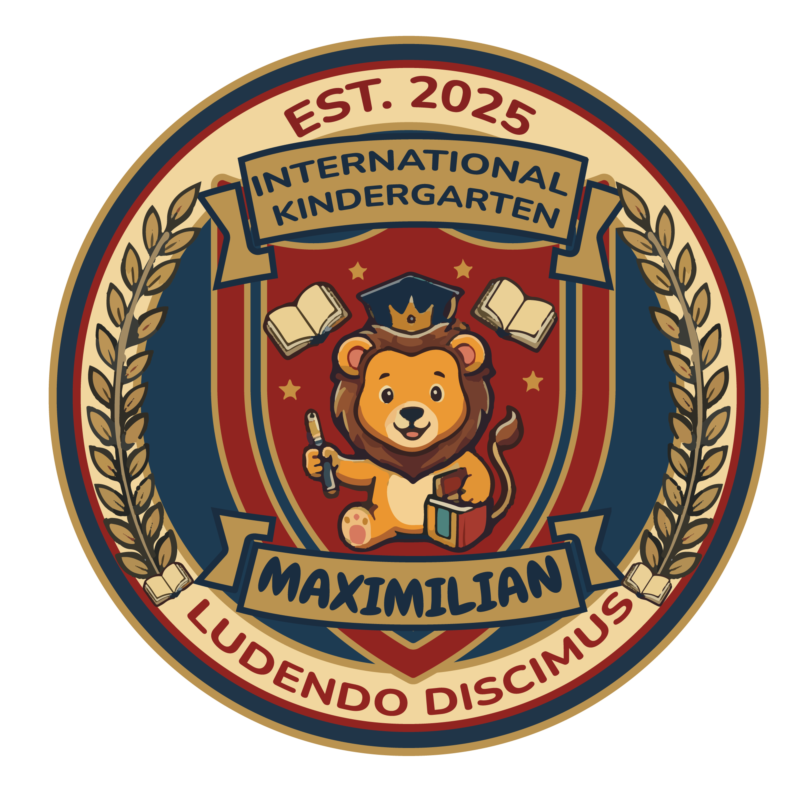Collaborative planning is a vital component of creating a successful learning environment in schools. When teachers work together to plan and implement curriculum, they can ensure that all students are receiving a well-rounded education and that individual needs are being met.
Collaboration is important for a number of reasons. For one, it allows for the sharing of ideas and resources. When teachers work together, they can pool their knowledge and expertise to create a more comprehensive curriculum. This can lead to more engaging and effective lessons for students. Additionally, collaboration allows for teachers to identify and address the unique needs of their students. By working together, teachers can ensure that all students are receiving the support they need to succeed.
Another important aspect of collaborative planning is the ability to reflect and improve. When teachers come together to plan and review their work, they have the opportunity to reflect on what worked well and what did not. This allows them to make adjustments and improvements that will benefit their students.
But, Collaborative planning is not only beneficial for teachers and students, it also helps to build a positive school culture. When teachers work together in a supportive and collaborative environment, it creates a culture of mutual respect and trust. This in turn can lead to better communication and a greater sense of community among the staff and students.
International School Maximilian is an example of an educational institution that utilizes collaborative planning. The school’s mission is to create a collaborative and inclusive learning environment for its students. The school’s faculty and staff work together to plan and implement curriculum, assess student progress, and make decisions about school policies and practices. They also involve students and parents in the planning process through regular meetings, surveys, and focus groups. This approach allows for a more effective and responsive educational experience for the students and the whole school community.
In conclusion, Collaborative planning is a key element in creating a successful learning environment. It allows for the sharing of ideas and resources, addresses the unique needs of students, and provides opportunities for reflection and improvement. It also helps to build a positive school culture, which benefits everyone involved. Schools that prioritize collaborative planning are more likely to see success in terms of student achievement and overall school culture.


















